RTE Makes Advances at Cuba Agroecology Conference
In November of 2015, Remineralize the Earth (RTE) was invited to the 5th International Conference of Agroecology and Cooperatives, November 22-27, 2015, by Greg Watson who led the Cuban-U.S. Agroecology Network (CUSAN) delegation of the Schumacher Center for New Economics. CUSAN was launched in 2014 as an initiative for exchanging and promoting agroecology-related knowledge. While primarily focused on the information exchange between the United States and Cuba, it welcomes partners from other international communities as well.[1]
The network is being established at a turning point in Cuban and U.S. history, following President Barack Obama’s plan to lift the 50-year embargo. This will open up many economic opportunities for the Caribbean island, but also raises concerns over the undoing of social and agricultural progress made by Cubans in the past 50 years. In particular, there are concerns over the re-introduction of industrial agriculture that may threaten the sustainable agriculture programs currently in place.
Cuba History – Special Period and Thereafter
In 2006, the World Wildlife Fund declared that Cuba was the only country to have achieved sustainable development.[2] A large part of this accomplishment was borne out of necessity rather than choice.
During the early 60s post-revolution, Cuba established strong trade relations with countries in the Eastern Bloc, including the Soviet Union.[3] In exchange for tractors, petrochemical fertilizers and other products, Cuba primarily exported sugar and other products to the Soviet Union.
It then came as an unwelcome surprise when the Soviet Union Bloc dissolved in the early 1990s. Cuban farmers found themselves suddenly without chemical fertilizers, energy, or finance. Production came to a halt and GDP dropped. This is euphemistically referred to as the ‘Special Period’ in Cuban history.
In the face of imminent hunger and poverty, people turned to traditional ways of farming that borrowed ecological knowledge from nature – an approach known as agroecology. Available spaces in urban areas were quickly converted into productive garden beds. City governments saw the potential in urban farming and backed these initiatives with new legislation. The new legislation gave people access to available lands for farming. It also allowed farmers to sell produce directly to customers. They also organized extensions and training services to provide resources for new farmers[3][4] and supplemented agriculture projects with crop insurance and bank credits.[5]
These changes are part of the overarching National Food Action Plan to improve the method of production and marketing produce in Cuba.[4] In addition, the government also supported active research in agroecology, incorporating agriculture practices based on ecological principles to ensure nutritious food that is sustainably produced while minimizing negative environmental impacts.
The agroecology movement
When discussing the successes of Cuba’s sustainable agriculture development, it is crucial to mention the National Association of Small Farmers (ANAP). ANAP formed decades before the Special Period, back in the early 60s. Even then they already recognized the importance of agroecology and food sovereignty, even while others were celebrating the successes of industrial agriculture.
ANAP was also integral in facilitating the process for farmers to transition to the agroecology framework in Cuba. They initiated a farmer-to-farmer movement that connected farmers and promoted individual ingenuity. After all, the person who knows the land best is the farmer who works it.
By 2009, over 110,000 farmers were already part of the movement. Even today, the agroecology movement is flourishing, and farmers in Cuba are still actively experimenting on their plots to come up with innovative ways of managing their natural resources.[6]
Present Day Cuba
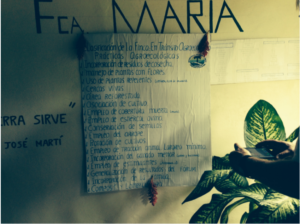
A list of agroecology practices Maria’s family farm is using as part of the transition to ANAP approved sustainable farming.
The restoration of diplomatic relations between Cuba and the United States in July 2015 raised hopes for increased economic opportunities, but it also raised concerns for the future of Cuban agriculture and the environment.[2][7] Already large petrochemical fertilizer industries and tourism companies are lining up at the door. If the actions of these industries are not carefully regulated, Cuban agriculture might find itself slipping back into the old ways of destructive agricultural practices and environmental degradation.
In the near future, CUSAN will act as an important network of information for preserving and advancing agroecology. Last year’s conference is just one in many venues for dialogue about agroecology.
The Conference
On November 22, 2015, RTE’s executive director Joanna Campe and board director Dr. Thomas Goreau headed off for Cuba to attend the 5th InternationalConference of Agroecology, Sustainable Agriculture and Cooperatives. The
Conference was held at the Centro Nacional de Capacitación Niceto Pérez in Güira de Melena, just one hour south of Havana. Hosted by La via Campesina and ANAP, 255 delegates from 28 different countries came together for a five-day Conference (Nov 22 – 27, 2015) to share their agroecology experience.
The event kicked off with a three-day trip touring farms in different municipalities where we were welcomed by farmers and cooperatives with extremely warm hospitality, tables beautifully laid out with tropical fruits, juices, and coffee – feasts everywhere we went. The farms were in different states of transition to agroecosystems. Some were well-established and relied on no chemical inputs, and the farmers were well-versed in different sustainable practices. Others still required the assistance of ANAP to help them move toward being fully sustainable. Unanimously, farmers felt incredibly supported by ANAP, from transitioning agroecological practices to marketing and finding venues for their products.
The agroecology practices lead to producing food that is not only more sustainable, but also more nutritious. The preference for healthier food through agroecology has been well-established, with farmers making it their priority to deliver their produce to schools and hospitals as well as local markets.
Visiting the farms and cooperatives, Joanna experienced a welcoming atmosphere. She was impressed and moved by the degree of gender equality, especially since Cubans seem to have become comfortable with women in leadership positions.
Cuba has a variety of rock sources locally available for remineralization. If a byproduct is not available, Joanna has advocated utilizing these local sources with a recently developed portable rock grinder that can be shared by communities.
Tom was impressed by the extent of biological management found on the farms. Organic farming was the primary mode of production, with manure and organic matter replacing the synthetic chemicals used on the large industrial agricultural cooperatives. The farmers also employed biocontrols and live fences serving the double purposes of fencing in farm borders and serving as cattle fodders. Tom recalled the lean days 25 years ago when Cubans lost their primary source of imports of food and fertilizer, threatening the Cuban people with
starvation. They have been so successful that now he observed that obesity is starting to become a problem. Nevertheless, Tom contends that the soils in the region are still relatively infertile and would benefit greatly from the addition of rock dust and biochar, especially since some of the crops are clearly lacking in important micronutrients.
The last two days of the Conference were dedicated to panel discussions, workshops and roundtable meetings. After the farm visits and the presentations from Joanna and Tom, it was clear that remineralization was still unfamiliar in this region. Thus RTE’s presentation on agroforestry and soil remineralization was crucial for introducing this technique to stakeholders in Cuba. Joanna’s presentation emphasized the agroforestry project developed by Sitio Semente as a strong example of what can be achieved with an agroforestry model. The model would be ideal for Cuba, and it uses only one initial application of rock dust and is self-sustaining thereafter. A video about their agroforestry model can be seen at: http://agendagotsch.com/ (Please scroll down to From Garden to Forest).
In the future, RTE hopes to gather enough support and funding for Dr. Suzi Huff Theodoro, researcher at the University of Brasilia, to visit Cuba and hold workshops on remineralization through farmer-to-farmer training.
The Conference succeeded in engaging interested stakeholders and teaching the international community about the progress that Cuba has made. Many complimented the efforts led by ANAP and the government. most importantly, people finally publicly recognized the valuable efforts made by the farmers and their contributions to the field of agroecology. Only time will tell whether their systems will be able to persist and thrive in the face of rapid changes.
- Dr. Tom Goreau, Joanna Campe, and Greg Watson at the 5th International Conference of Agroecology and Cooperatives.
- Our group welcomed at a reception launching the three day farm tour.
- One of our group sharing a plowing technique to one of the farmers at the cooperative.
- One of our group sharing a plowing technique to one of the farmers at the cooperative.
- Seed saving
- Multicropping and mulching
- Another cooperative showing off the agroecology practices that are integral to farm management.
- Margarita Fernandez closes the farm tour with a beautiful ceremony.
- Some of the many agricultural products produced from the farms and cooperatives that we visited.
References
[1] “About the Network.” Cuba-U.S. Agroecology Network. N.p. n.d. Web. <http://www.agroecologynetwork.org/about.html>. [2] Cuba-U.S. Agroecology Network. Rep. N.p.: Schumacher Center for a New Economics Christopher Reynolds Foundation, 2015. Print. [3] Zahniser, Steven, and Bryce Cooke. “U.S.-Cuba Agricultural Trade: Past, Present, and Possible Future.” USDA Economic Research Service. USDA, 03 Aug. 2015. Web. <http://ers.usda.gov/amber-waves/2015-august/us-cuba-agricultural-trade-past,-present,-and-possible-future.aspx#.V5AkWvmANBe>. [4] Wright, Julia, and Emily Morris. “Here’s What Better Relations with the US Mean for City Farms in Cuba.” The Conversation. N.p., 18 June 2015. Web. <http://theconversation.com/heres-what-better-relations-with-the-us-mean-for-city-farms-in-cuba-40949>. [5] Manuel, Sam. “Int’l Farm Groups Meet in Cuba, Discuss Gains of Revolution.”The Militant. N.p., 4 Jan. 2016. Web. <http://www.themilitant.com/2016/8001/800161.html>. [6]Sosa, Braulio Machin, Adilen Maria Roque Jaime, Dana Rocio Avila Lozano, and Peter Michael Rosset. Agroecological Revolution: The Farmer-to-Farmer Movement of the ANAP in Cuba. Rep. Habana: Asociacion Nacional De Agricultores Pequenos, 2013. Print. [7] Goode, Erica. “Cuba’s Environmental Concerns Grow With Prospect of U.S. Presence.” The New York Times. The New York Times, 01 July 2015. Web. <http://www.nytimes.com/2015/07/02/science/earth/cubas-environmental-concerns-grow-with-prospect-of-us-presence.html?ref=world>.
Support us on Patreon
Thank you for joining us today! Please become a member of RTE and support us on Patreon. Unlike many larger organizations, we work with a team of determined and passionate volunteers to get our message out. We aim to continue to increase the awareness of remineralization to initiate projects across the globe that remineralize soils, grow nutrient dense food, regenerate our forests’ and stabilize the climate – with your help! If you can, please support us on a monthly basis from just $2, rest assured that you are making a big impact every single month in support of our mission. Thank you!

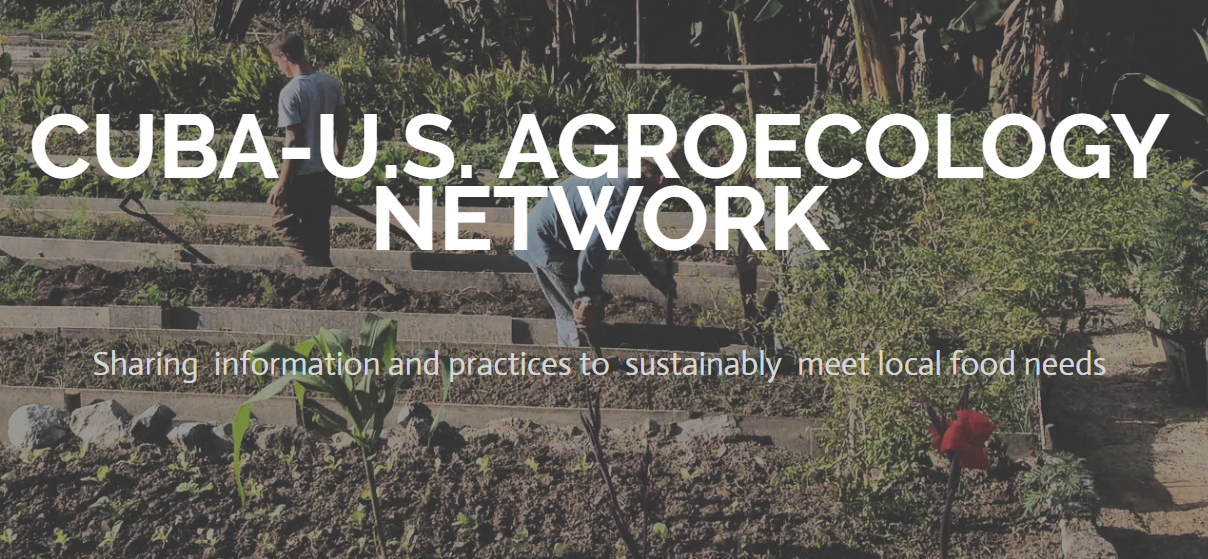
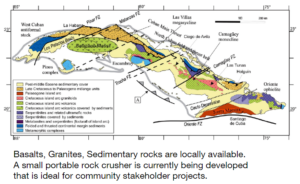
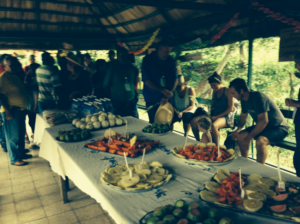
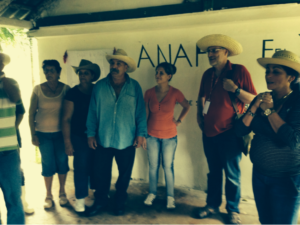
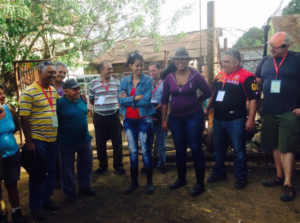
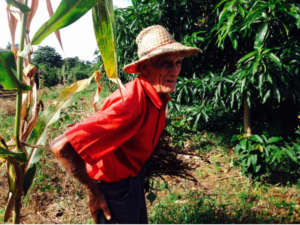

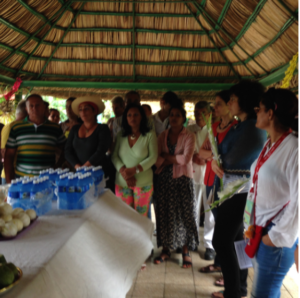

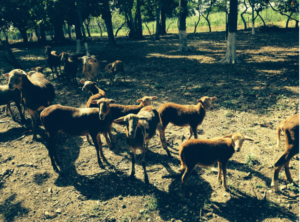
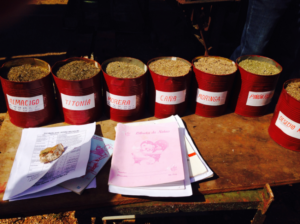
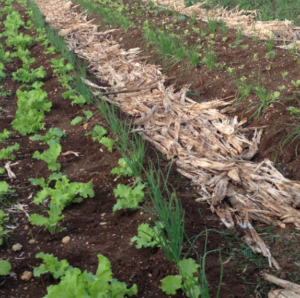
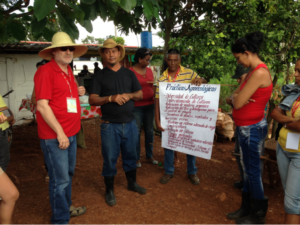
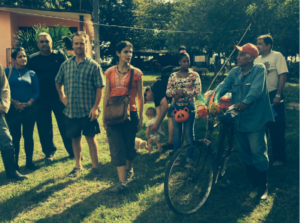
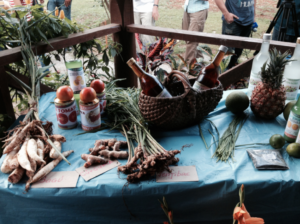






Got something to say?